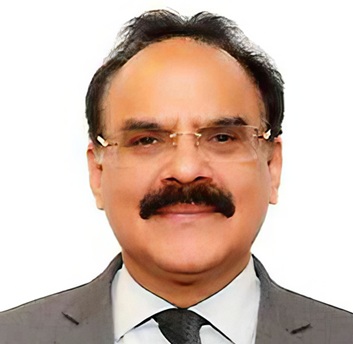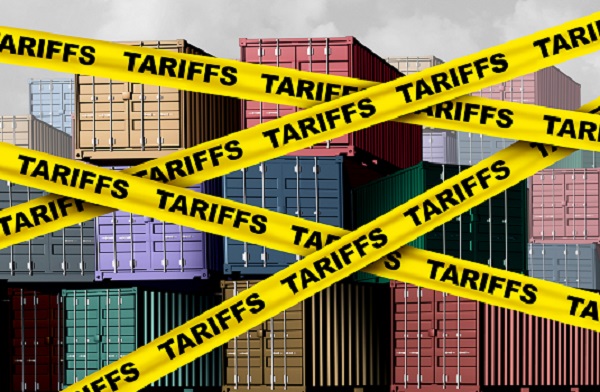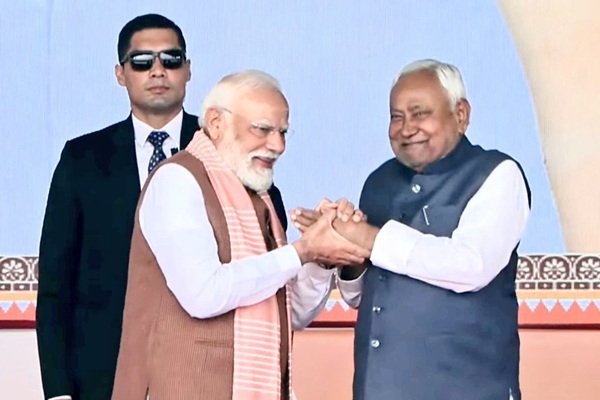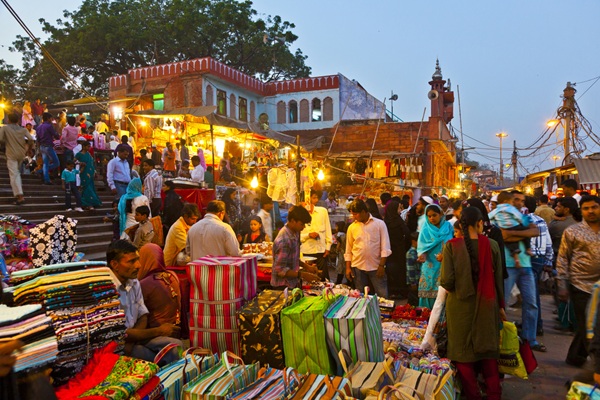.png)
India’s Scientific Diaspora: The Missing Engine of Our Knowledge Revolution
Bodies such as the UGC and AICTE continue to exercise detailed control over curriculum, hiring, and governance. While these controls once ensured minimum standards, they now often impede innovation


Dr Arvind Mayaram is a former Finance Secretary to the Government of India, a senior policy advisor, and teaches public policy. He is also Chairman of the Institute of Development Studies, Jaipur.
November 22, 2025 at 3:27 AM IST
India stands today on the cusp of a transformation that could define the next century. We speak confidently of becoming a $10-trillion economy and a global innovation hub. Yet the foundations of this ambition—our universities, laboratories, research culture, and intellectual ecosystem—remain anchored in an earlier era. The paradox is difficult to ignore. We produce some of the world’s most admired scientists and technology leaders, but our domestic institutions continue to operate under outdated regulations, constrained autonomy, and chronic underinvestment.
At precisely this moment, India possesses an extraordinary asset that few nations enjoy: a global scientific diaspora positioned at the frontier of knowledge creation. Indian-origin scientists lead laboratories in the United States and Europe, guide biomedical breakthroughs, shape AI research in Silicon Valley, and anchor major academic departments from Cambridge to Singapore. Their experience spans the modern scientific enterprise—from building labs and mentoring doctoral students to shaping global collaborations.
The question is not whether this diaspora can contribute. The question is whether India has created the pathways that allow it to participate meaningfully in its intellectual renewal.
A System Built for Yesterday
R&D spending, at roughly 0.7% of GDP, remains well below countries that used diaspora talent as catalysts for national transformation—South Korea, Israel, and China among them. India’s domestic institutions, meanwhile, remain only partially connected to global research networks. Collaboration persists but is often episodic and dependent on individual relationships rather than structural platforms.
For a diaspora accustomed to working in dynamic, merit-driven systems, these constraints are more than an inconvenience; they are a barrier to meaningful engagement.
Lessons from Global Experience
China’s surge in scientific capability is inseparable from its “sea turtle” researchers—diaspora scientists who helped launch AI, quantum, and aerospace missions, supported by sustained autonomy and long-term funding. South Korea rebuilt its knowledge ecosystem by inviting diaspora academics to create new institutions, such as KAIST, and by reforming everything from tenure systems to research governance. Israel relied on dense diaspora networks that allowed domestic researchers to collaborate continuously with scientists and investors abroad.
Singapore and Taiwan show the power of granting institutions autonomy to recruit globally, set research agendas, and innovate without bureaucratic interference. Ireland demonstrates that even a small nation can globalise its universities by building structured partnerships with its academic diaspora.
These examples share a common theme: diaspora engagement thrives where excellence is institutionally valued, governance is transparent, and funding is mission-driven.
What India Must Build Now
First, governance reform is essential. Universities must enjoy the freedom to recruit globally, design new programmes, and form international partnerships. Diaspora scientists should serve on boards and academic councils to help reshape governance in line with global standards.
Second, India needs a cohort of research universities explicitly designed to pursue frontier science. These institutions should be granted substantial autonomy, modern laboratories, and long-term research funding. Diaspora leaders can play a central role in designing doctoral programmes, setting research priorities, and building collaborative centres of excellence.
Third, India must establish a Global Indian Knowledge Network—a digital-first ecosystem linking domestic academia with diaspora scholars. This network should support co-teaching, joint supervision, collaborative research, and multi-country grant proposals. It would bring the world’s leading Indian-origin scientists into regular intellectual exchange with scholars across India.
Fourth, the research funding architecture must be modernised. A unified National Science and Research Foundation with transparent peer review, multi-year grants, and independent governance would provide the stability required for high-impact research. Diaspora scientists—familiar with global funding agencies—can help design and evaluate major research missions.
Fifth, digital platforms must become the backbone of collaboration. Virtual laboratories, open data repositories, long-distance seminars, and joint degree programmes can bridge the distance between Indian universities and global centres of excellence. This would democratise access to the world’s best minds, giving students in remote institutions the opportunity to learn from Indian-origin physicists, chemists, or economists working at leading global universities.
The Moment Before Us
If India builds this architecture with clarity and purpose, it can compress decades of institutional evolution into a single generation. It can transform universities into crucibles of discovery, give young Indians access to global expertise, and establish India not just as a consumer of knowledge but as a creator of it.
This is the leap awaiting us—one that demands only that we build the bridges our diaspora is already willing to cross.



